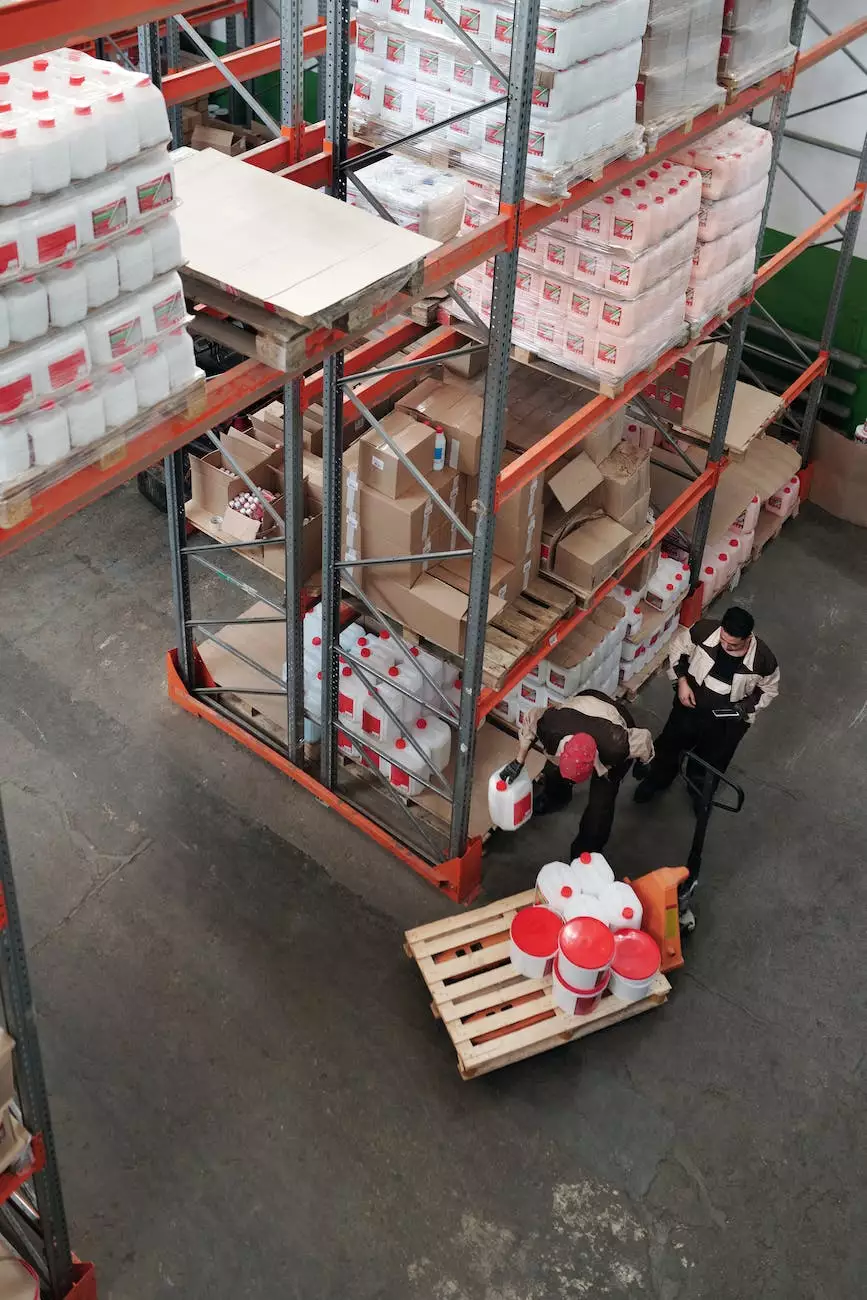Rising Fraudulent CNP Transactions Will Cost Billions
Blog
Introduction
Welcome to SEO On Line Marketing Results, your trusted partner in digital marketing solutions. In this article, we discuss the growing concern of fraudulent Card-Not-Present (CNP) transactions and how they pose a significant financial threat to CNP merchants. Stay informed and protect your business as we explore the implications of this rising trend.
Understanding CNP Fraud
In today's digital era, CNP transactions have become increasingly popular due to the convenience they offer to consumers. However, with the rise in online shopping comes the inevitable risk of CNP fraud. Fraudulent CNP transactions involve unauthorized purchases made using stolen credit card information without the physical presence of the card.
The Impact on CNP Merchants
CNP merchants, including e-commerce websites, online retailers, and various service providers, are particularly vulnerable to the financial repercussions of CNP fraud. These fraudulent transactions not only result in immediate monetary losses but can also leave businesses liable for chargebacks and legal complications.
The Growing Cost
The cost of fraudulent CNP transactions continues to rise exponentially, with estimates projecting billions of dollars in losses annually. CNP merchants need to be proactive in implementing robust security measures to reduce the risk of falling victim to this pervasive form of fraud.
Identifying Warning Signs
Recognizing the warning signs of potential CNP fraud is crucial for CNP merchants to prevent financial losses. Some common indicators include:
- Unusually large orders from new customers
- Multiple failed order attempts with different credit cards
- Orders originating from high-risk countries or regions
- Requests for rush or overnight shipping
- Inconsistent billing and shipping addresses
Preventing CNP Fraud
Protecting your business against CNP fraud requires a multi-faceted approach. Consider implementing the following strategies:
1. Use Advanced Fraud Detection Tools
Invest in cutting-edge fraud detection and prevention tools that utilize artificial intelligence, machine learning, and behavioral analytics. These technologies can help identify suspicious patterns and behaviors, minimizing the risk of fraudulent CNP transactions.
2. Implement Secure Payment Gateways
Partner with reputable payment processors that offer robust security measures. Ensure the payment gateway is PCI DSS compliant, encrypts customer data, and supports additional fraud prevention protocols such as Verified by Visa and Mastercard SecureCode.
3. Utilize Address Verification Systems (AVS)
An AVS checks the billing address provided by the customer against the address on file with the credit card company. Implement AVS to spot any inconsistencies that may indicate potential fraudulent activity.
4. Require CVV/CVC Verification
CVV (Card Verification Value) or CVC (Card Verification Code) is a three-digit number printed on the back of credit cards. Make it mandatory for customers to enter this code during transactions, adding an extra layer of validation.
5. Monitor and Analyze Transactions
Regularly monitor and analyze transaction data for any unusual patterns or discrepancies. Automated systems can flag potentially fraudulent activities, helping you take immediate action to prevent losses.
Conclusion
As fraudulent CNP transactions continue to rise, it is vital for CNP merchants to prioritize security and fraud prevention. By staying informed, implementing advanced detection tools, and following industry best practices, you can safeguard your business from potential financial losses and ensure a secure online shopping experience for your valued customers.
Contact SEO On Line Marketing Results for Expert Digital Marketing Solutions
When it comes to driving organic traffic, improving search engine rankings, and staying ahead of the competition, trust SEO On Line Marketing Results. We are a leading provider of comprehensive digital marketing services. Contact us today to discuss how we can help your business thrive.




